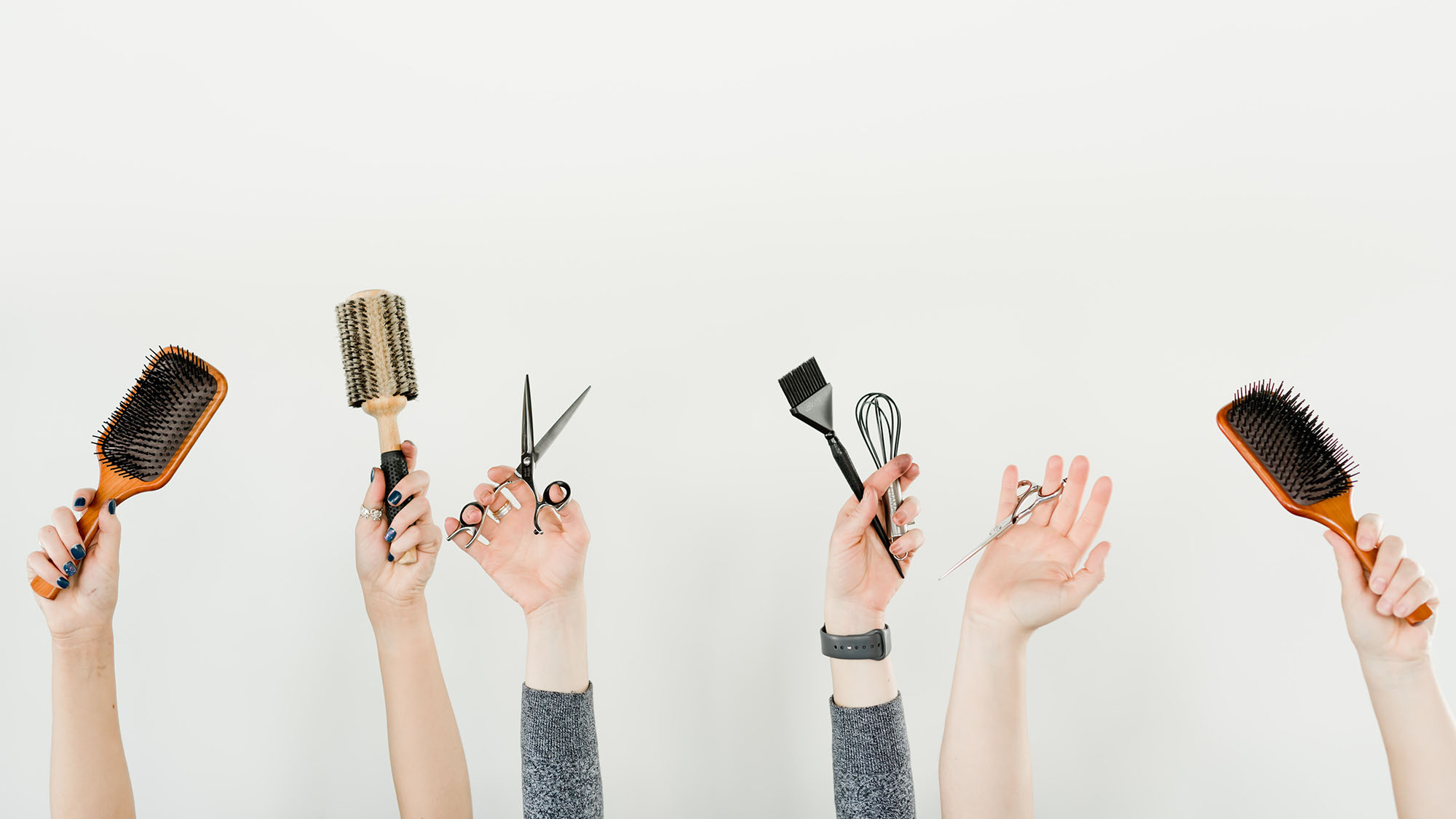Struggling with hair loss is something both men and women face. It can be overwhelming and up until it starts happening to you not much attention is paid to how our hair plays a role in how we see ourselves. Hair loss can be a major kick to self-confidence and many people struggle with feeling attractive after losing their hair. There is also the added pressure of society’s view on hair and attractiveness and for many cultures, hair and hair length are significant features of a person.
Causes of Hair Loss and Treatment Options
Hair loss can occur for a number of reasons running from hormonal imbalances, hereditary, autoimmune diseases, genetics, and stress. It can be a strange thing to have a full head of hair to only one day realize that your hair is coming out more frequently and not as thick as it used to be. There are treatments that can help and these treatments have come a long way in comparison to what they used to be. There is hope for hair loss and while it’s not something anyone wants to deal with there are solutions and that is a major difference compared to the other things we have no control or treatment for.
- Androgenetic alopecia – female or male pattern boldness is possibly one of the most common causes of hair loss. It is generally caused by genetics. This makes it difficult to stop and in truth, you cannot truly stop it. Look at the members of your family and try to monitor when hair loss began for them. Chances are if it started early for them it will most likely be the same for you. Treatments include transplants, taking supplements to stimulate the hair follicles, and therapy to the hair follicle to stop it from shrinking and dying off.
- Telogen Effluvium – stress especially stress brought on by extreme or harsh conditions can result in hair loss. If you find yourself under pressure, suffer from stress and anxiety, it is a high probability that you will experience hair loss. This is thankfully reversible. It does require you to give your hair and scalp extra TLC. You’ll also have to work to reduce your stress and anxiety levels. Your scalp will need to get extra care and be relaxed. You can try cell restoration therapy but if it doesn’t work and you are unable to maintain stress management it may be more likely that you’ll be given a hair transplant as an option.
- Postpartum Hair Loss – This is common in women after going through childbirth. The drastic change in hormones can result in hair loss. However, this should be permanent. After your body has had time to calm and heal itself you should see your hair returning. If, however, after a year or so you don’t see improvement and the conditions get worst you should consult your doctor as this is indicative of a more serious underlying condition.
- Anagen Effluvium – This is when you experience hair loss due to a condition that pushes your hair outside of its normal cycle. Things like radiation, chemotherapy, and protein deficiency can result in this type of hair loss. Medications can also trigger it as well. This is usually reversible and will stop once you are no longer taking medication or undergoing treatment. This is a case where cell restoration therapy is used to generate the hair cells and follicles after undergoing the trauma.
- Traction Alopecia – this type of hair loss is a direct result of being hard with your hair and scalp. Putting your hair in tight styles, using harsh chemicals like relaxers, alcohol-based hair products can all damage your scalp and cause your hair to snap and break creating hair loss. Thankfully you can use topical treatments to help restore the hair. You can also change the type of styles you put your hair in and be mindful to be gentle with it.

There are several treatment options available to reverse or stop hair loss. The important thing is to see specialists determine what options are available to you. Don’t wait until it’s late in the decline as treatment can be more intense and costly to restore your hair to its former glory. A major factor in restoring your hair is determining why it’s happening in the first place. Once that solves it is easier to decide on a course of treatment. Make sure, to be honest with the person doing your hair restoration and ask as many questions as you like to feel comfortable.


